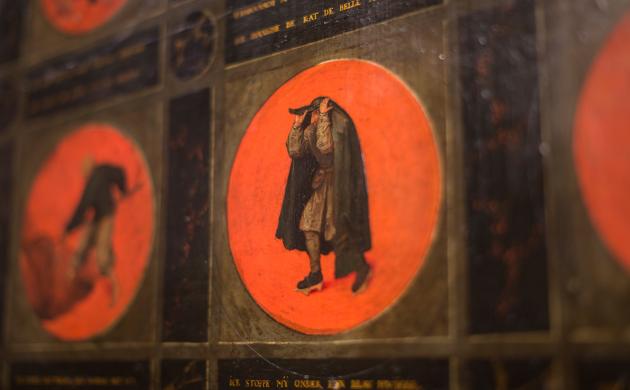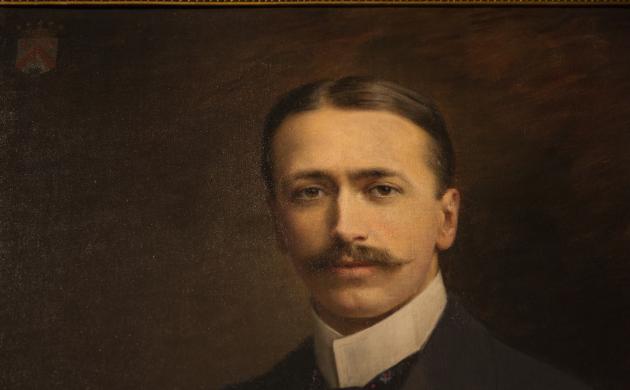Questionable
When Fritz Mayer van den Bergh established his collection in the late 19th century, the painter, draughtsman and printmaker Pieter Bruegel the Elder was only held in moderately high regard. He was not really known to the general public, few of his 45 or so paintings were on display, and where his work was known, it came in for much criticism: Bruegel was regarded as of questionable taste. Coarse, in fact...
Fascination
Fritz Mayer van den Bergh was fascinated by Bruegel from an early age. He bought his first Bruegel-designed print in Kortrijk as early as 1890. Three years later, an antiquarian from Brussels supplied him with no fewer than 22 prints after Bruegel. The collector also owned two paintings by Pieter Bruegel the Younger, who copied his father’s work keenly: Winter Landscape with a Bird Trap and with the Flight into Egypt and Census at Bethlehem. He also owned work by Jan Bruegel, Bruegel’s second painter son and a good friend of Rubens.
Bargain harpy
But the best was still to come. Cologne, October 1894: a painting is being auctioned. The catalogue lists it as a Landscape with a Crowd of Ghoulish Figures. On the viewing days, the auctioneer hangs the strange work high up, on the grounds that it’s not worth much. You need a ladder to see it properly.
Fritz Mayer van den Bergh is more alert than the prestigious museums. He buys the painting through an agent. For less than 500 francs! That same year, 45,000 francs is paid for Rubens’ Prodigal Son. A few weeks later, Mayer van den Bergh knows for sure that his painting is Bruegel’s Mad Meg (Dulle Griet), a masterpiece previously thought to have been lost.
In her 2016 biography of Pieter Bruegel, art historian Leen Huet writes: ‘His purchase was the clarion call that initiated the research into Bruegel which now fills an entire library.’
Wooden plates
In total, we know of around 45 paintings by Pieter Bruegel the Elder. The museum owns two of them. In addition to Mad Meg, there is a panel that actually consists of twelve separate wooden plates or panels, on which Pieter Bruegel depicts proverbs. Bruegel shows a fascination with proverbs throughout his work.
Fritz Mayer van den Bergh bought the Twelve Proverbs at an auction in Paris in 1899.





